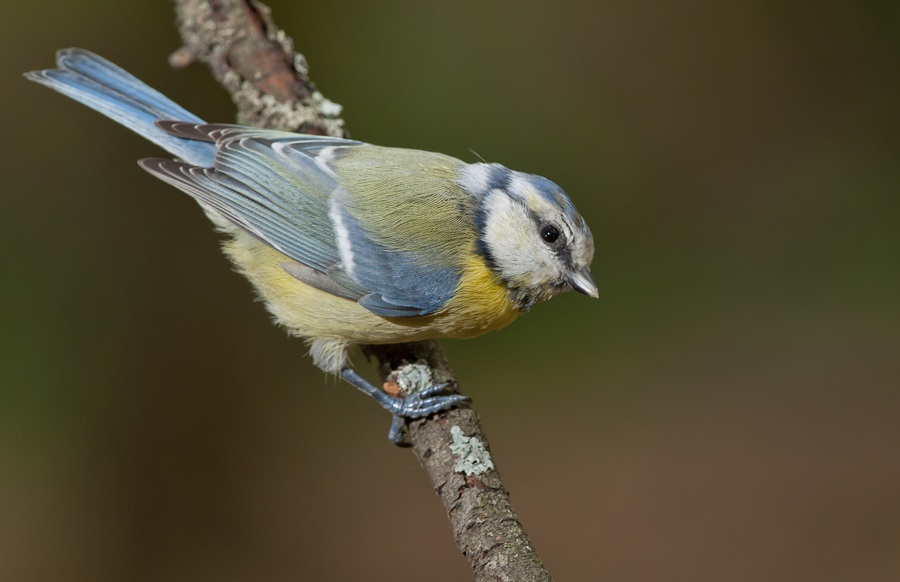Birds are known for their impressive vocalizations, from simple chirps to complex songs. But did you know that these calls and songs are not just random noises, but are actually a form of communication? In this article, we’ll explore the language of birds and the fascinating ways they use vocalizations to communicate with each other.
One of the most common reasons birds use vocalizations is to attract mates. Male birds will often sing complex songs to impress females and establish their territory. These songs can also help to ward off rival males and prevent them from encroaching on their territory.
Birds also use vocalizations to communicate with their offspring. For example, parent birds will often make specific calls to let their young know when it’s time to eat or when there is danger nearby. These calls can vary in pitch and tone, and are often specific to the species of bird.
Another way birds use vocalizations is to communicate with each other in a flock. Many birds, such as geese and swans, use honking calls to stay in communication while flying in a V-formation. Other birds, such as crows and ravens, use a variety of calls to warn their flock about potential danger, such as predators or other threats.
Birds also have specific calls and songs for different situations. For example, some birds have alarm calls that they use to warn others in their flock about predators. Other birds have territorial songs that they use to establish and defend their territory. Many birds also have courtship songs, which they use to attract mates and establish bonds with potential partners.

Interestingly, some birds can also mimic the sounds of other animals, including humans. One of the most well-known mimicking birds is the parrot, which can imitate a wide range of sounds and even human speech. Other birds, such as the lyrebird, can mimic the sounds of other birds, animals, and even machinery.
While bird vocalizations are fascinating, they can also be difficult to understand. However, researchers have been studying bird vocalizations for decades, and have made some remarkable discoveries about how birds use language to communicate with each other.
In addition to their vocalizations, birds also use body language to communicate. For example, a bird may puff up its feathers to look bigger and more threatening, or tilt its head to show interest or curiosity. These non-verbal cues are just as important as vocalizations in the language of birds.

The language of birds is a complex and fascinating topic. Birds use vocalizations to communicate with each other in a variety of situations, from attracting mates to warning about predators. By studying bird vocalizations and body language, we can gain a greater understanding of these amazing creatures and the world they inhabit.

